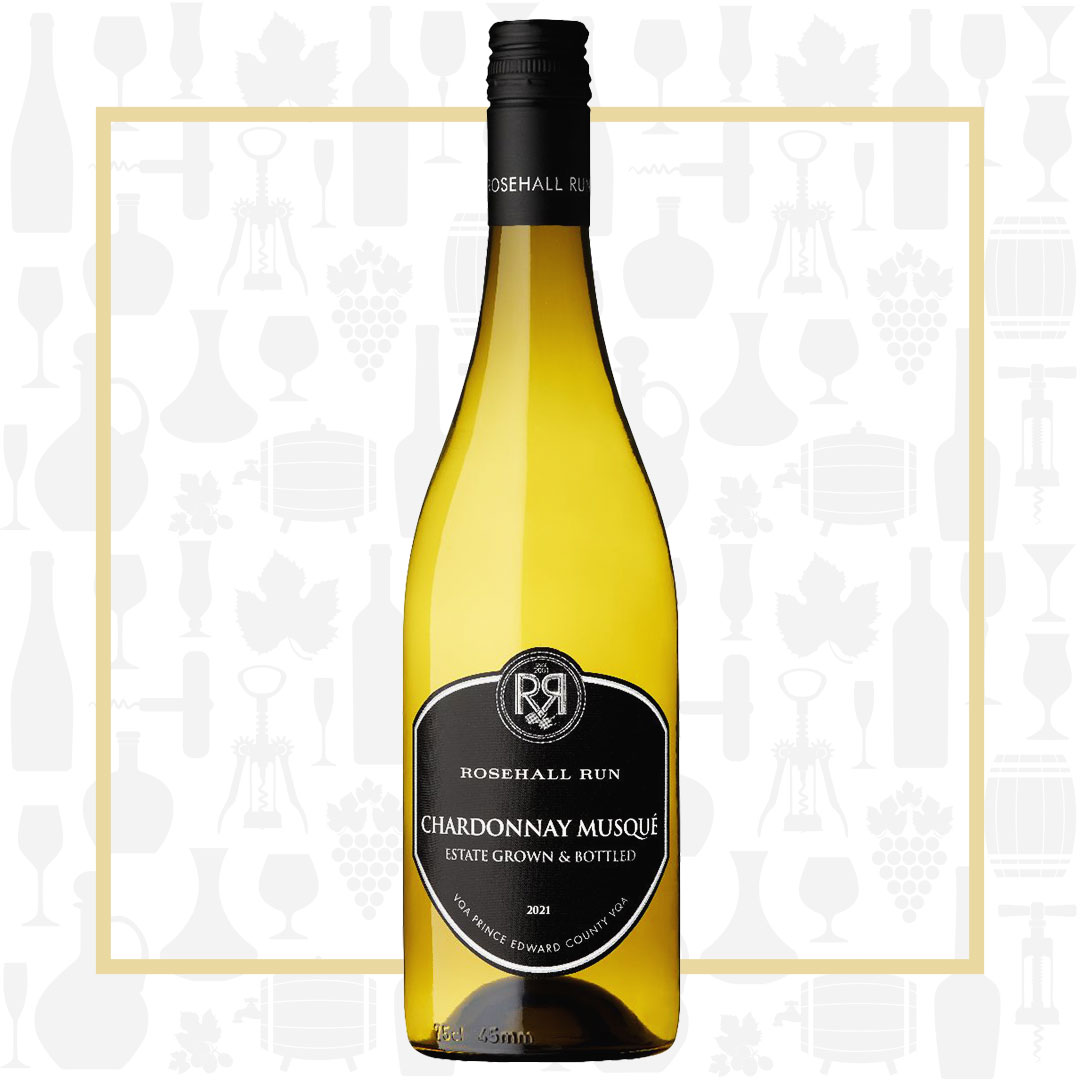Cellar Profile
Region
Nestled on a peninsula on the north shore of Lake Ontario, a short drive from Kingston, the Prince Edward County wine region sits on a bed of porous limestone. This is crucial for creating the mineral, brightly acidic wines the region is known for. The vineyards benefit from breezes off of Lake Ontario, keeping the temperature down on hot summer days and cool at night. "The County" was first settled in the late 18th Century and, after years of farmland agriculture, began growing grapes in earnest by the early 2000s.
Vineyard
There are two plantings of Musqué at Rosehall Run: ‘Vina de Casa’ ca. 2004 on the most northeast extremity of the property and ‘Woody’s Walk’ ca. 2002 immediately south of the Casa-a section. In total, there are almost 2300 vines, about one acre in total.
Winemaking
Hand-harvested fruit from the closest vines to the winery. Gentle pressing of the grapes, followed by cold fermentation in stainless steel utilizing selected yeasts. The wine only spends a short period of time in vat (4.5 months to be precise) before bottling, in order to retain its youthful vigour.
Tasting Notes
Brilliant acidity is the calling card of Chardonnay Musqué and this is no exception. It has an expressive nose of melon, ripe peach, pear, acacia and orange blossom. But it is nervy and taut on the palate – much drier than the nose would belie – with notes of citrus and green apple. This refreshing, bracing white should be enjoyed chilled as an aperitif or with mussels or grilled shrimp.
Varieties
Made with Chardonnay clone 809, which tends to show a more intense flavour profile. In France, it is often used for blending superior white burgundies, adding perfume and complexity, especially when unoaked.

